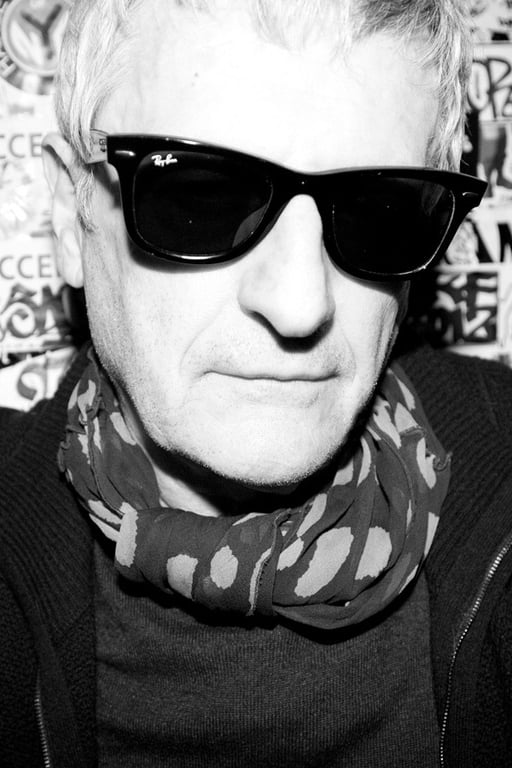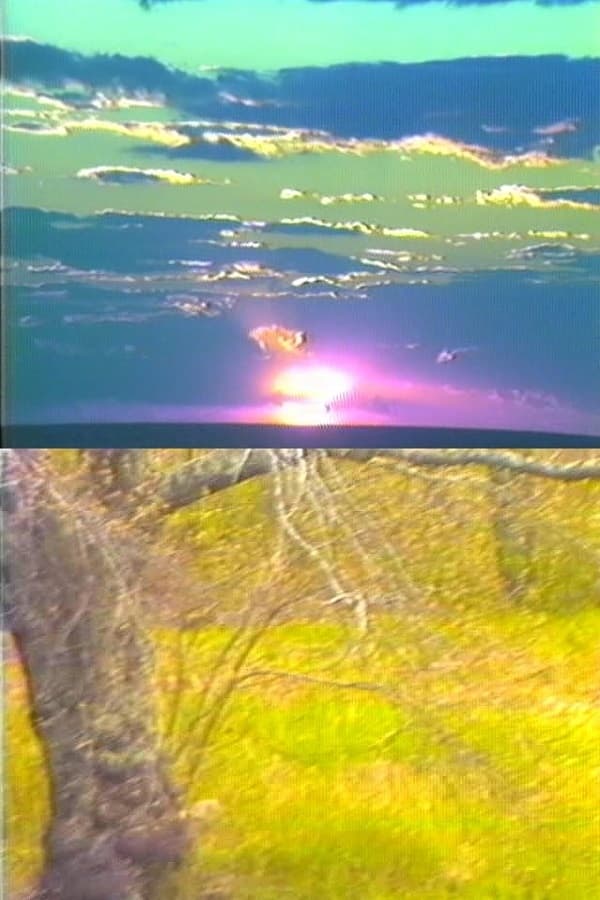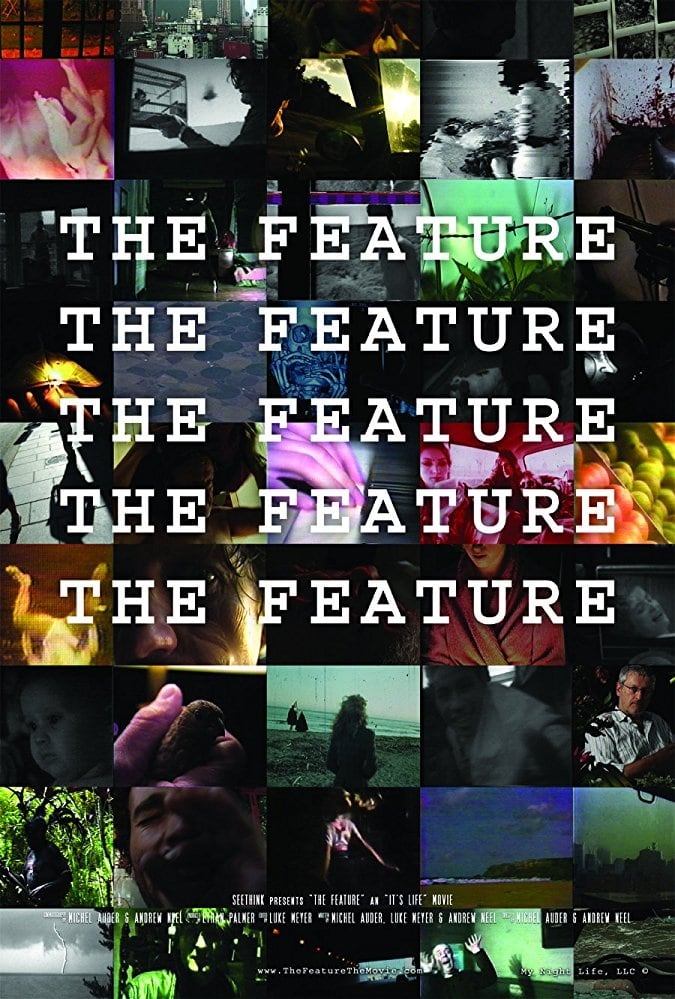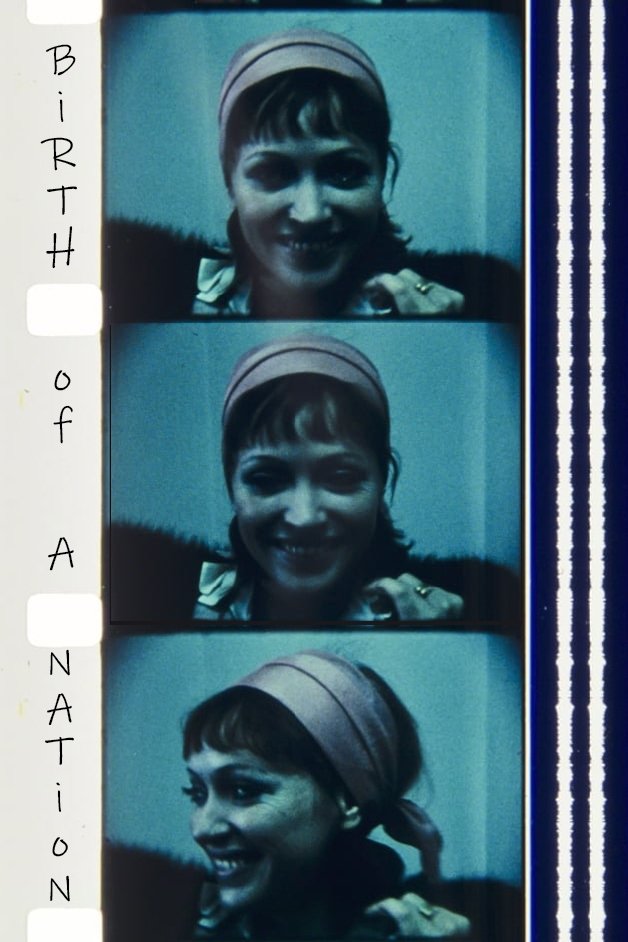

For the past 50 years, Michel Auder has been recording his personal life, creating films and videos that document his own experience and social milieu. His new work, Fictional Art Film, is a composite portrait of Auder’s New York art world during the 70’s and 80’s. The filmmaker recorded his friends, the artists and writers he hung around and admired. These now-famous subjects (which include Alice Neel, Andy Warhol, John Ashbery, David Hammons, Hannah Wilke, Willem de Koonig, and Bill T. Jones, among many others) are shown here both as people and performers, with Auder’s footage often blurring the line between life and art.

The Feature does not reconcile fact and fiction; instead, it blurs the definitions seemingly represented by the film’s two clearly demarcated registers: that of the archival footage and that of the new, theatrical material. In his guise as “Michel Auder,” living a fulsome and extravagant life, replete with beautiful women and a rock-cut pool overlooking Los Angeles, the art world is revealed as a sham, and his character exhibits a repulsive narcissism. And yet, when caught in quiet moments, something poignant emerges—a glimmer of truth that rebels against the entire endeavour. Or maybe, that’s what makes The Feature.

Filmmaker Jonas Mekas films 160 underground film people over four decades.
Video recorded in 1986, edited 1993. ”You know you're addicted to heroin when you begin proclaiming every bag to be your last.” Auder says this from experience. Throughout the early and mid 1980s he was an addict. In this candid piece of disclosure he demonstrates a method of smoking heroin referred to as Chasing the Dragon. Drumming his fingers on the table-top while waiting for the high to take effect, heroin use is depicted as a boredom far from bliss. The work ends with Auder in a druginduced stupor, delivering a rambling proclamation about kicking the habit, ”good-bye dope, good bye monkey.”
Michel Auder’s films, which span in length from five minutes to multiple hours, are all edited from the thousands of hours of footage the artist has casually shot throughout his life. Early on, Auder made a habit of carrying portable video-recording equipment on a daily basis, and so amassed a biographical reel that frequently captured his fellow artists in the New York art scene, including such personalities as Cindy Sherman, Larry Rivers, and, most famously, Alice Neel. Auder did not consider his practice to be factually driven, however: “It was not in any way a documentary, not to be related as truth. This work reflects my own feelings.” Auder’s approach to filming was largely inspired by Andy Warhol’s screen tests, and the experimental films of exponents of the French New Wave like Jean-Luc Godard.
By browsing this website, you accept our cookies policy.